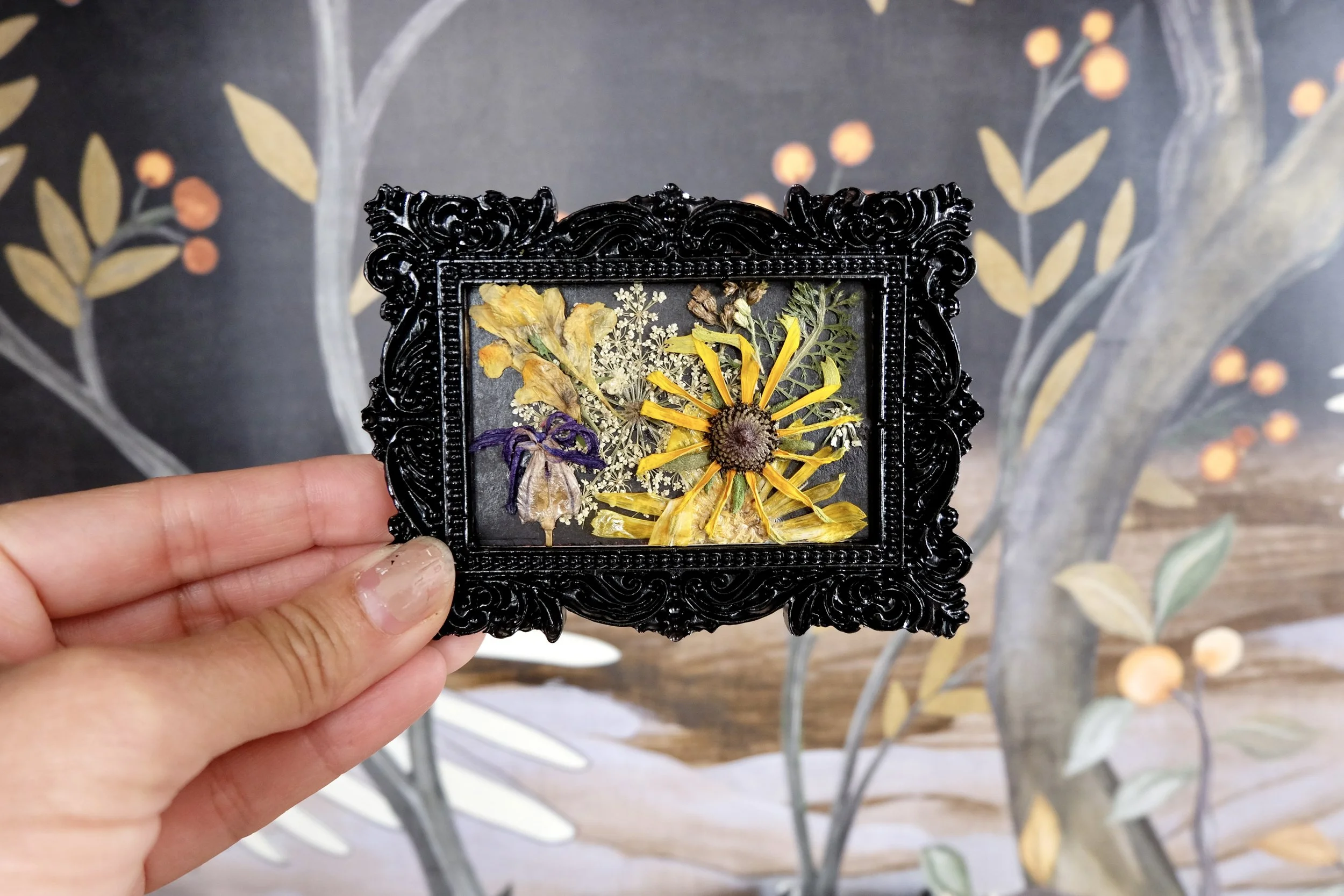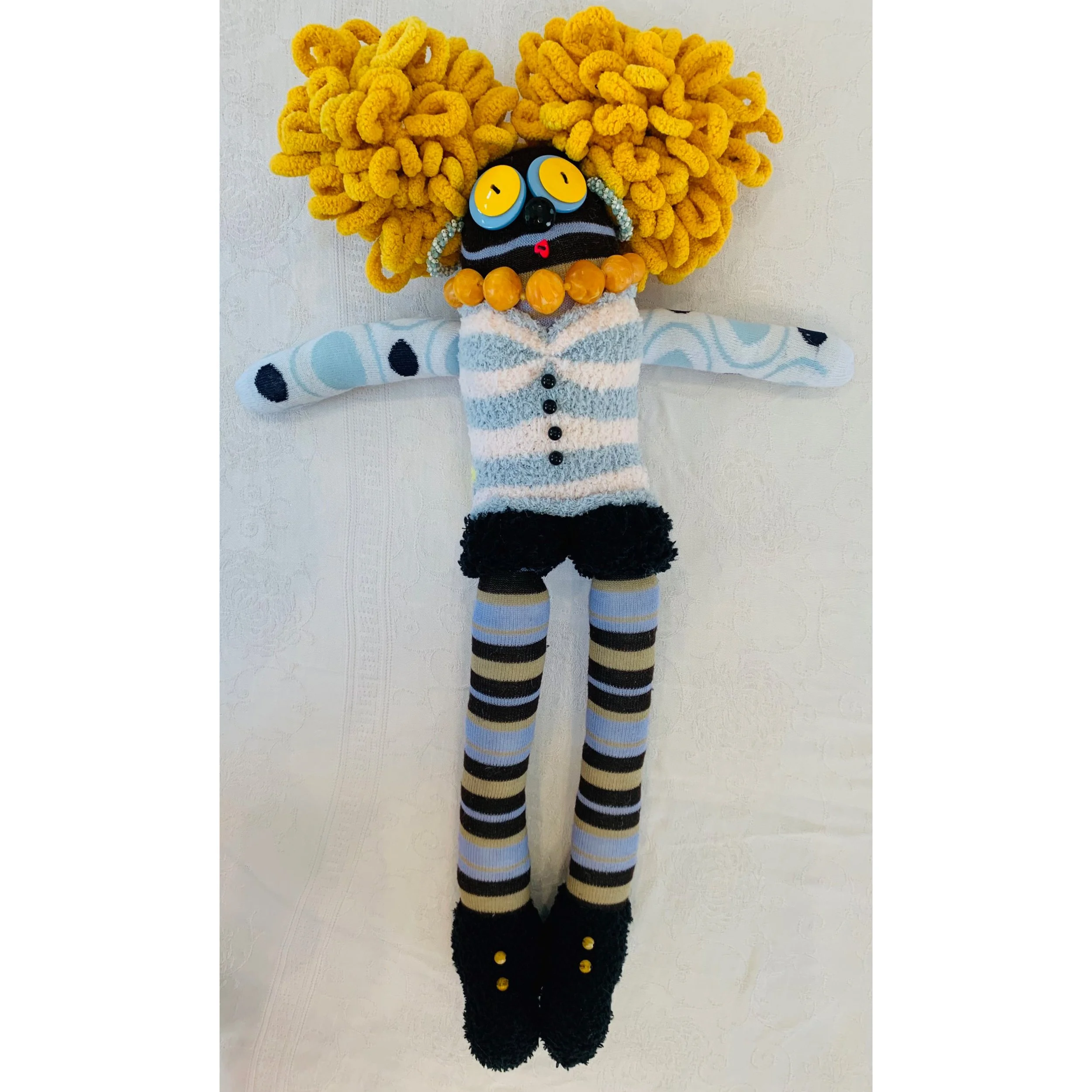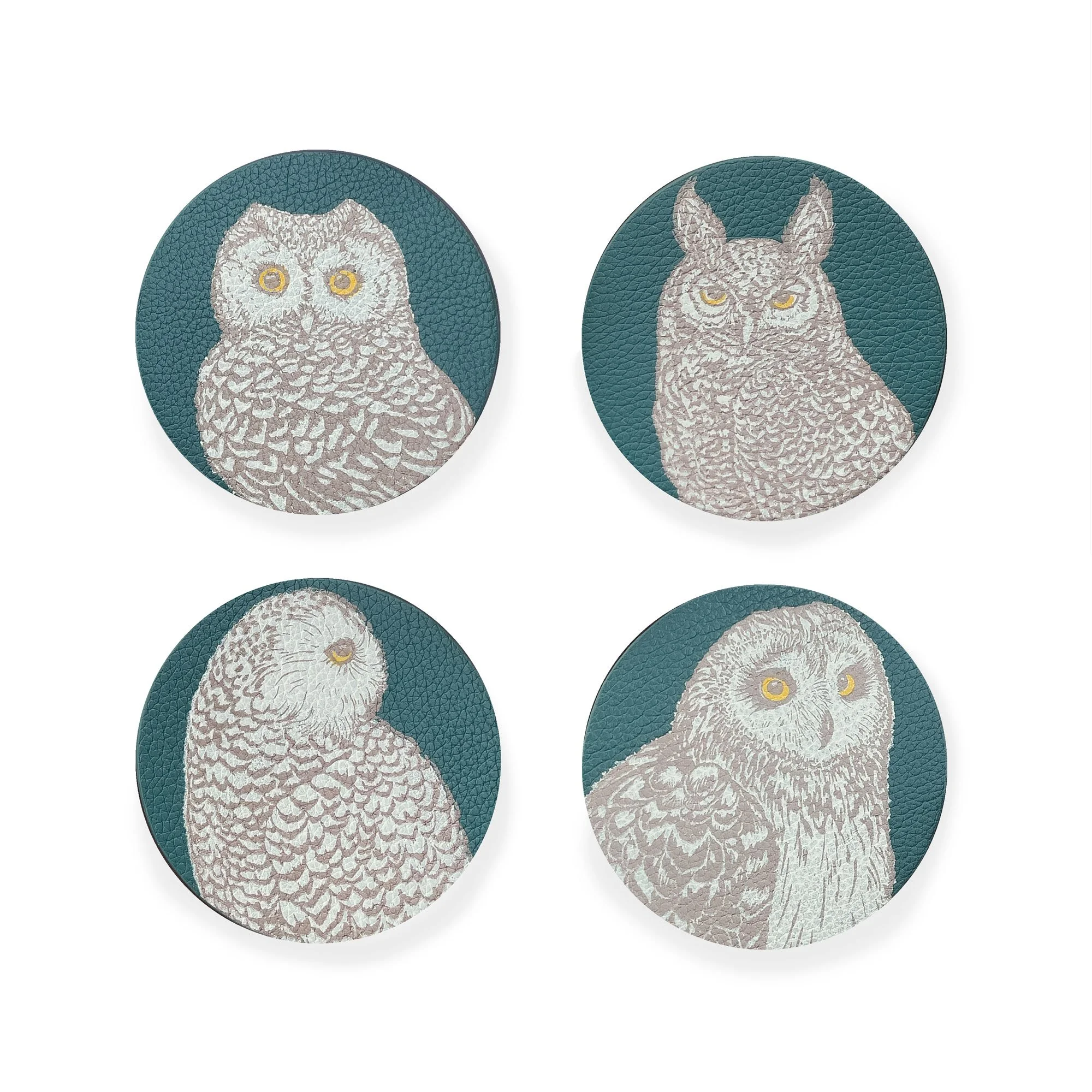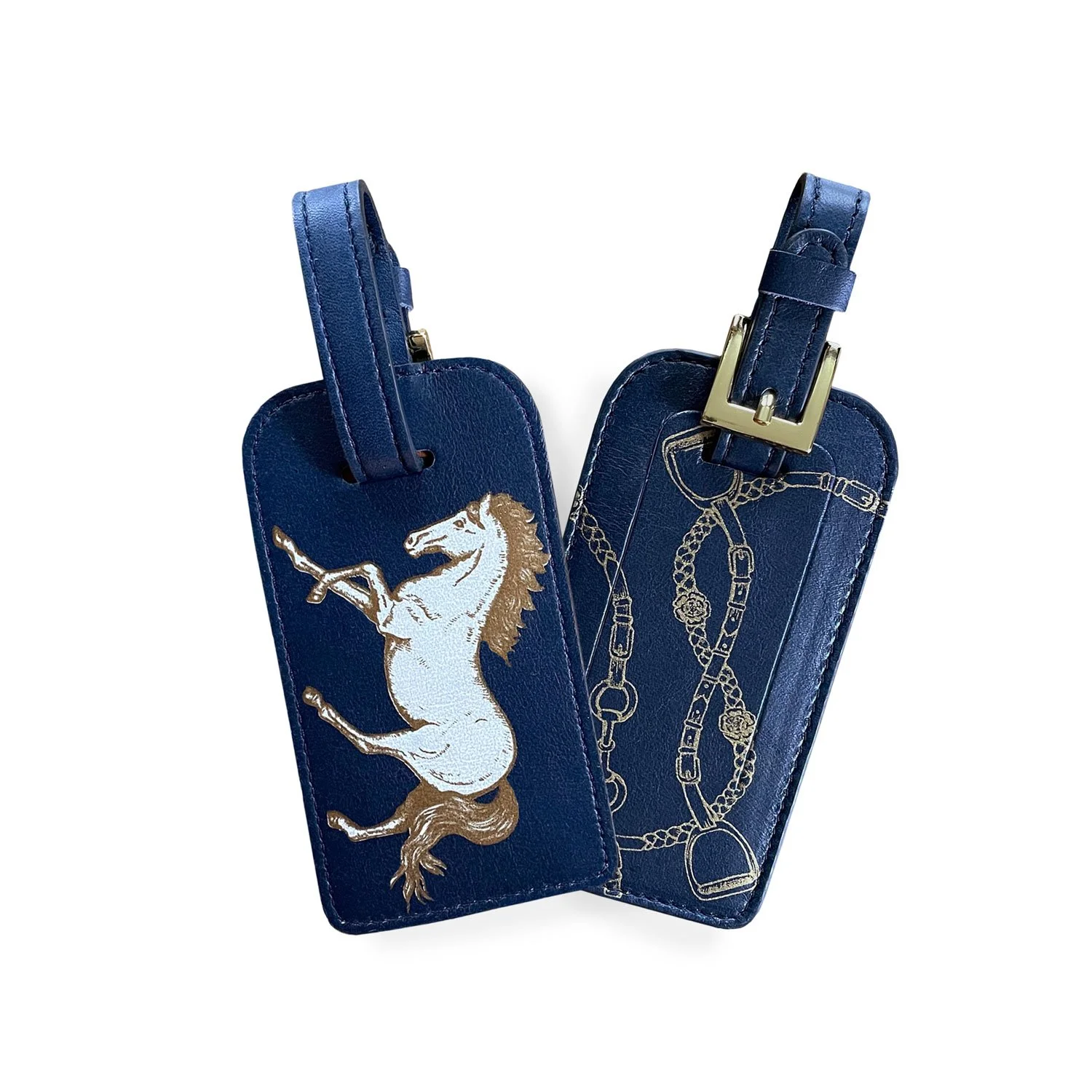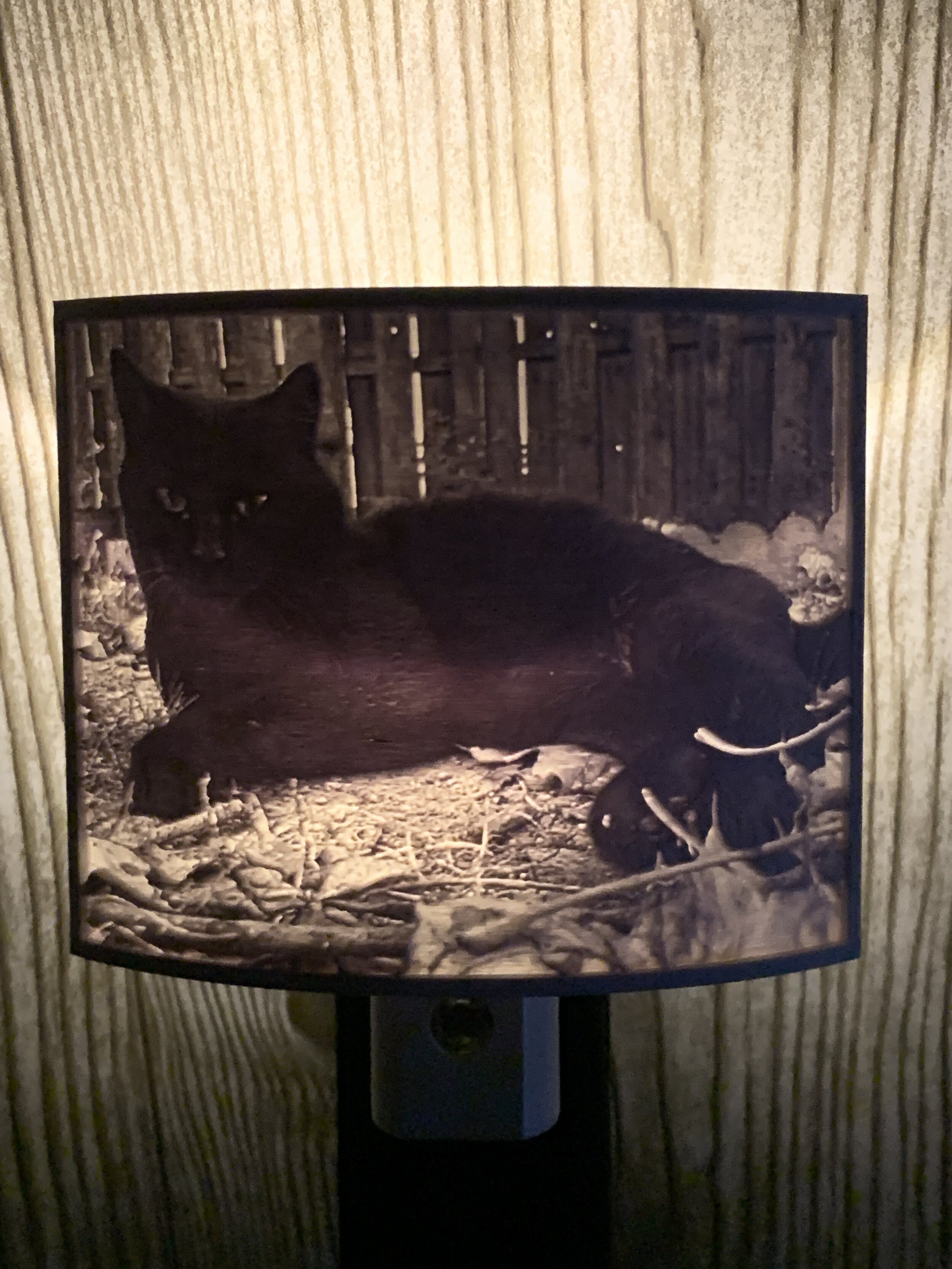Snowy Owl spotted on Newburgh-Beacon Ferry




Photos: Matt Zeitler, orangebirding.com
Winter officially began at 10:59 a.m. on Tuesday, December 21, and while we haven’t had much in the way of snow, snowy owls have been spotted here in the Hudson Valley.
Despite record warm temps, the seemingly-rare winter visitor was spotted last week in a peculiar spot: atop the Newburgh-Beacon Ferry.
“I was scanning for uncommon gulls among the 600 that were on the Hudson River at the Newburgh waterfront when I spotted a juvenile female snowy owl with a bright white face sitting on the roof of the Newburgh-Beacon Ferry,” recalled Matt Zeitler. “We were, of course, freaking out; it was so exciting.”
Snowy owls, while a usually rare visitor to the Hudson Valley, have become an increasingly common sighting in recent years. "All 11 counties along the Hudson Mohawk corridor have had snowy owl sightings," according to John Loz, president of the Audubon Society of the Capital Region. "This is actually unprecedented, to have this many snowy owls."
Snowy owls are typically “found in open areas (fields, marshes, beaches, airports, frozen lake shores) where they often perch low or on the ground, and feed mainly on small mammals,” according to the Department of Environmental Conservation.
Why are the Arctic’s snowy owls venturing to the Hudson Valley? It’s not for the long-term housing, but for the increased supply and demand of lemmings, the snowy owl’s small rodent of choice. Not only will the demand of food resources drive the owls further south, but “the increased population can then have a reversing effect, lessening the available food and driving some of the birds to go farther afield to find prey.”
“For snowy owls, it is all about food,” Rich Guthrie noted in the latest Hudson River Almanac. “One way or another, that’s the motivation. Thick or thin, the strong maintain domination. The weak are forced to seek their own fate. The strongest of the weak explore new options. The weakest of the weak are left behind to employ their own devices. If there is enough food, all’s well. If not, Darwin dials up their number.”
Photos: Matt Zeitler/orangebirding.com
This story originally appeared in the free HVNY weekly newsletter, This Week in the Hudson Valley. Sign-up to get it delivered on Mondays at hvny.info/sign-up

ADVERTISEMENT

